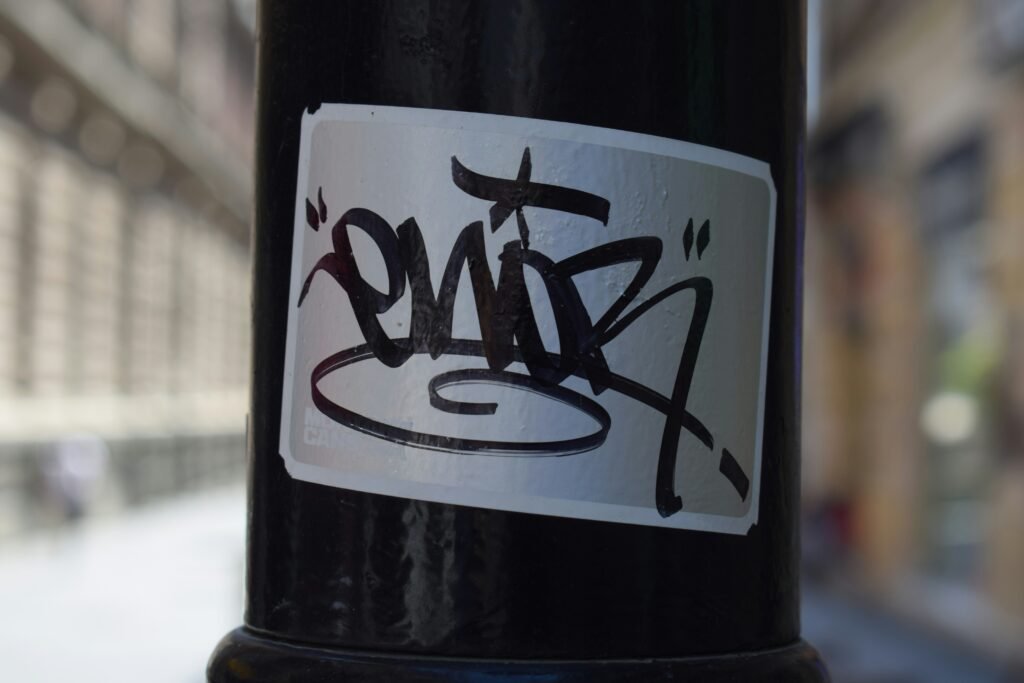Lead: Hyperliquid USDH stablecoin proposals sent the HYPE token to a new all-time high above $55 on Tuesday morning. The Hyperliquid USDH stablecoin proposals opened a submission window that pulled bids from Paxos, Frax Finance, Agora, Native Markets, and the Hyperliquid Foundation. Teams filed Discord proposals and validators will vote to choose who controls the USDH ticker. The Hyperliquid USDH stablecoin proposals aim to create a native stablecoin to reduce reliance on USDC and USDT and to feed revenues back into HYPE token economics.
Hyperliquid benefits
A native USDH can shorten settlement paths and lower slippage on the Hyperliquid decentralized exchange. The Hyperliquid USDH stablecoin proposals describe several issuance and governance models designed to integrate minting, burns, and fee flows directly on the layer-1 blockchain. By making USDH native, Hyperliquid could offer faster paired markets and simplified liquidity pools. That integration is a major reason the Hyperliquid USDH stablecoin proposals attracted market attention and protocol-aligned bids.
Paxos, Frax, Agora
Competition is broad. Paxos pitched a regulated issuance model, Frax Finance suggested algorithmic-collateral hybrids, Agora emphasized permissionless liquidity, and Native Markets and the Hyperliquid Foundation proposed their own on-chain designs via Discord proposals. Each team framed different trade-offs between compliance, decentralization, and revenue-sharing. Validators will evaluate these technical and economic details as part of the Hyperliquid USDH stablecoin proposals review.
Voting and validators
Validators are the decision point. The Hyperliquid USDH stablecoin proposals set a tight timetable: submissions closed Wednesday and voting began the following Sunday, with validators cast to choose the USDH manager. The governance process will weigh counterparty risk, audit history, and how each proposal routes revenue back to the network. Validators’ selections will determine the initial operational setup for USDH and whether proposals include on-chain safeguards.
Market reaction
Traders priced the expected benefits quickly. HYPE surged above $55 as the Hyperliquid USDH stablecoin proposals suggested tighter economic coupling between the token and a native stablecoin. Short-term flows rotated into HYPE while liquidity providers sized positions for potential USDH pairs. If winners implement revenue-sharing or fee-sinks, the Hyperliquid USDH stablecoin proposals could materially change liquidity depth and tokenomics versus relying on USDC or USDT.
Hyperstable X controversy
Not all responses were positive. Hyperstable X claimed the selection process disadvantaged smaller teams and alleged unfair timelines. Supporters argued that changing regulatory pressures and validator preferences made a fast process necessary. The dispute highlights governance friction: the Hyperliquid USDH stablecoin proposals forced a public debate over fairness, compliance, and who should run a native reserve.
What comes next
If validators pick a winner, implementation will involve smart contracts, audits, and on-chain integrations for USDH on Hyperliquid’s layer-1 blockchain. Teams that win the vote must deliver code, liquidity incentives, and monitoring tools. Market participants will watch whether the chosen model sustainably ties revenue and stability back into HYPE. Ultimately, the Hyperliquid USDH stablecoin proposals will show whether native stablecoins can meaningfully reduce dependence on external options like USDC and USDT.
Conclusion: The Hyperliquid USDH stablecoin proposals represent a turning point for the exchange and its community.
Validators’ decisions in the coming days will shape HYPE token economics, liquidity design, and the network’s path toward native stablecoin use. BlockAI will track vote results, proposal rollouts, and price action as teams implement the chosen USDH model.
Frequently asked questions about Hyperliquid USDH stablecoin proposals (FAQ)
Q: What are the Hyperliquid USDH stablecoin proposals?
A: The Hyperliquid USDH stablecoin proposals are competing plans submitted by Paxos, Frax Finance, Agora, Native Markets, and the Hyperliquid Foundation to create a native USDH stablecoin integrated with Hyperliquid’s layer-1 decentralized exchange.
Q: Who decides which proposal wins?
A: Validators vote to select the winner after reviewing Discord proposals; the Hyperliquid USDH stablecoin proposals set a timetable with submissions and a scheduled voting window.
Q: How will the Hyperliquid USDH stablecoin proposals affect HYPE?
A: The Hyperliquid USDH stablecoin proposals could boost HYPE by routing fee revenue into the token, increasing liquidity depth, and creating native trading pairs that benefit token holders.
Q: Are USDC and USDT still relevant after USDH?
A: Yes — USDC and USDT will remain widely used, but the Hyperliquid USDH stablecoin proposals aim to reduce dependence on external stablecoins by offering a protocol-native alternative.
By BlockAI — covering crypto markets, governance, and protocol updates for defidonkey.com.



